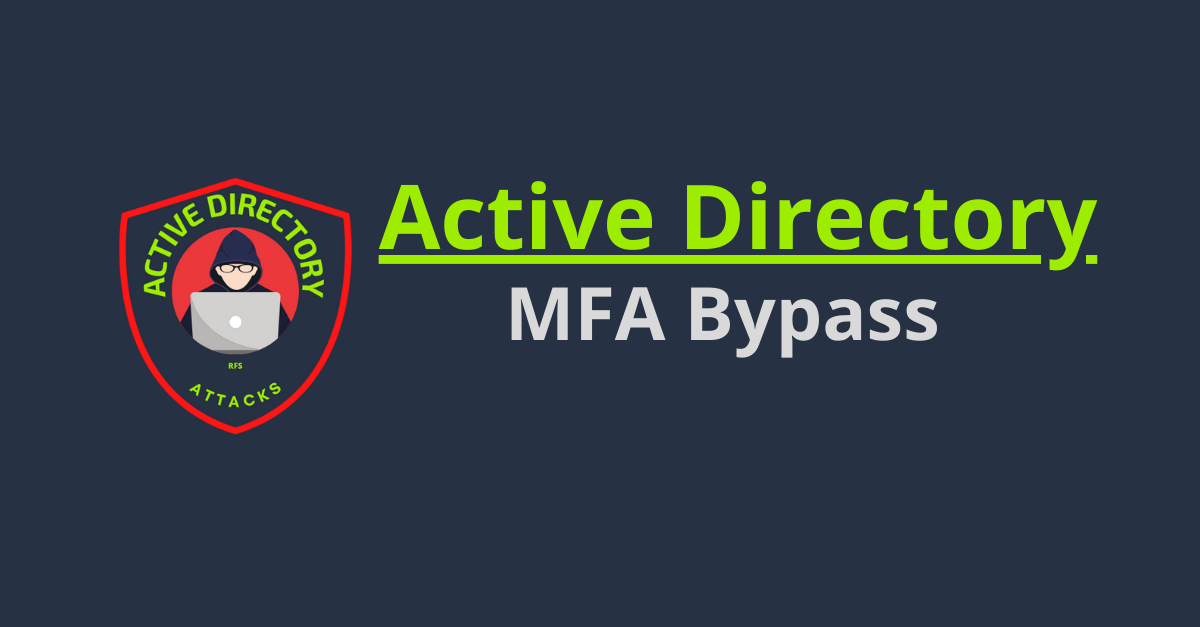Multi-Factor Authentication (MFA) Bypass Techniques: A Comprehensive Guide
 PopLab Agency
PopLab Agency
In this article, we delve into the world of Multi-Factor Authentication (MFA) bypass techniques, shedding light on the vulnerabilities and methods employed by attackers. Learn how to strengthen your security measures and protect your sensitive information.
 Multi-Factor Authentication (MFA)
Multi-Factor Authentication (MFA)
Multi-Factor Authentication (MFA) has become a widely adopted security measure, adding an extra layer of protection to user accounts. By requiring users to provide multiple forms of identification, such as passwords, biometrics, or hardware tokens, MFA aims to prevent unauthorized access. However, it is crucial to understand the potential weaknesses and bypass techniques that attackers can employ to compromise MFA systems.
Understanding Multi-Factor Authentication (MFA)
Multi-Factor Authentication combines two or more independent factors to verify a user’s identity. These factors typically fall into three categories:
- Knowledge Factors: These involve something the user knows, such as a password, PIN, or security question.
- Possession Factors: These involve something the user possesses, such as a hardware token, smart card, or mobile device.
- Inherence Factors: These involve something inherent to the user, such as biometric data like fingerprints, facial recognition, or voice recognition.
The idea behind MFA is that even if one factor is compromised, an attacker will still need to overcome additional barriers to gain unauthorized access.
MFA Bypass Techniques
- Phishing Attacks: Attackers may trick users into revealing their MFA credentials through fraudulent websites or emails that mimic legitimate services. By capturing the login details, including the MFA code, attackers can gain access to user accounts.
- Social Engineering: By exploiting human vulnerabilities, attackers can manipulate individuals into providing their MFA credentials. Techniques like impersonation, pretexting, or coercion may be used to deceive users and obtain their MFA codes or passwords.
- Man-in-the-Middle Attacks: In this technique, attackers intercept and alter communication between the user and the MFA system. By capturing or manipulating the MFA codes or tokens, they can bypass the authentication process.
- SIM Swapping: Attackers convince a mobile network provider to transfer a victim’s phone number to a SIM card under their control. By intercepting MFA codes sent via SMS, attackers can bypass the MFA layer.
- Brute-Force Attacks: Attackers may attempt to guess the MFA code by systematically trying all possible combinations. This technique can be time-consuming but may succeed if weak or easily guessable codes are used.
Protecting Against MFA Bypass Techniques
- User Education: Educate users about the dangers of phishing attacks and social engineering, emphasizing the importance of being cautious while providing credentials or MFA codes.
- Secure Communication Channels: Implement encrypted communication channels, such as HTTPS, to prevent man-in-the-middle attacks and data interception.
- Strong Authentication Factors: Encourage users to choose strong passwords, implement biometric factors where possible, and discourage reliance on easily guessable MFA codes.
- Monitor and Detect: Employ robust monitoring systems to detect suspicious activity, such as repeated failed MFA attempts or unexpected account access.
- Layered Security: Combine MFA with other security measures, such as intrusion detection systems, anomaly detection, or adaptive authentication, to create a more comprehensive defense.
Is Multi-Factor Authentication (MFA) completely secure?
While MFA significantly enhances security, it is not immune to attacks. Attackers can exploit vulnerabilities in MFA implementations or employ social engineering techniques to bypass MFA.
How can I protect myself from MFA bypass techniques?
Stay vigilant against phishing attempts, use strong and unique passwords, enable biometric authentication when available, and keep your devices and applications up to date with the latest security patches.
Should I rely solely on MFA for securing my accounts?
MFA should be part of a layered security approach. Implement additional security measures like secure communication channels, user behavior analysis, and regular security awareness training.
Conclusion
While Multi-Factor Authentication is an effective security measure, understanding the potential vulnerabilities and bypass techniques is crucial for maintaining robust security. By staying informed and implementing recommended security practices, users can enhance their defense against MFA bypass attempts and protect their sensitive information from unauthorized access.

RFS (43)

Offshore NetworkTrain on real enterprise infrastructures with Hack The Box.
Offshore is a real-world enterprise environment that features a wide range of modern Active Directory flaws and misconfigurations.
Tagged in:
authentication bypass, cybersecurity, MFA, MFA bypass techniques, Multi-Factor Authentication, security, security vulnerabilities, two-factor authentication
Show Comments
Leave a Reply Cancel reply
Subscribe to my newsletter
Read articles from PopLab Agency directly inside your inbox. Subscribe to the newsletter, and don't miss out.
Written by
